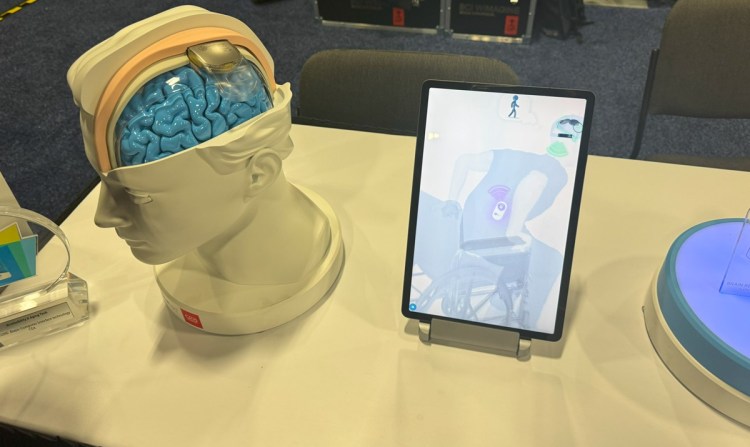When it comes to a brain-computer interface, Elon Musk’s Neuralink isn’t the only show in town. Another organization called Clinatec has made significant progress in this field as well.
Clinatec’s Research
Clinatec, a biomedical research center located at Polygone Scientifique in Grenoble, France, has been working towards treating neurological diseases and restoring motor functions for those who have experienced brain or spinal accidents. The center brings together experts from various disciplines including biologists and nanotechnology specialists.
Abdelmadjid Hihi, the deputy director for scientific affairs and partnerships at Clinatec, explains that their groundbreaking research involves the development of a non-invasive brain implant that rests on the surface of the brain to restore electrical communication in damaged areas. Hihi, who holds a doctorate in biological sciences, states, “We’ve been working on brain implant technology with the concept of utilizing movement-related brain activity to assist individuals with severe movement impairments.”
Clinatec’s implant records neurological activity and mimics the signals necessary to activate muscles. By using a bio-compatible system with electrodes, the center is able to decode and interpret these signals in real time using machine learning algorithms. The information obtained from the decoded signals can then be used to help people walk again, regain their ability to grasp objects, or even restore hearing.
Promising Results
Clinatec has already witnessed promising results through their innovative approach. They have successfully assisted individuals with spinal cord injuries by recording and decoding brain activity, which is then used to stimulate both the brain and the muscles. In a video demonstration, a man with an exoskeleton is shown taking steps with the assistance of this technology.
The research carried out by Clinatec has been ongoing for over a decade, and the first patient received an implant more than six years ago. The French government provides support for this research through grants. Moving forward, Clinatec aims to expand their efforts to help stroke survivors in their rehabilitation process.
One of the unique features of Clinatec’s brain implant is that it does not penetrate the brain tissue. Instead, it rests on top of the brain, reducing inflammation and fibrosis. This innovation, along with the use of bio-compatible materials, ensures that the brain accepts the implant without any complications.
In conclusion, Clinatec’s research and development in the field of brain-computer interfaces have shown great potential in restoring motor functions for individuals who have experienced brain or spinal accidents. By utilizing machine learning algorithms and innovative implant technology, Clinatec aims to enhance the quality of life for those with severe movement impairments.










